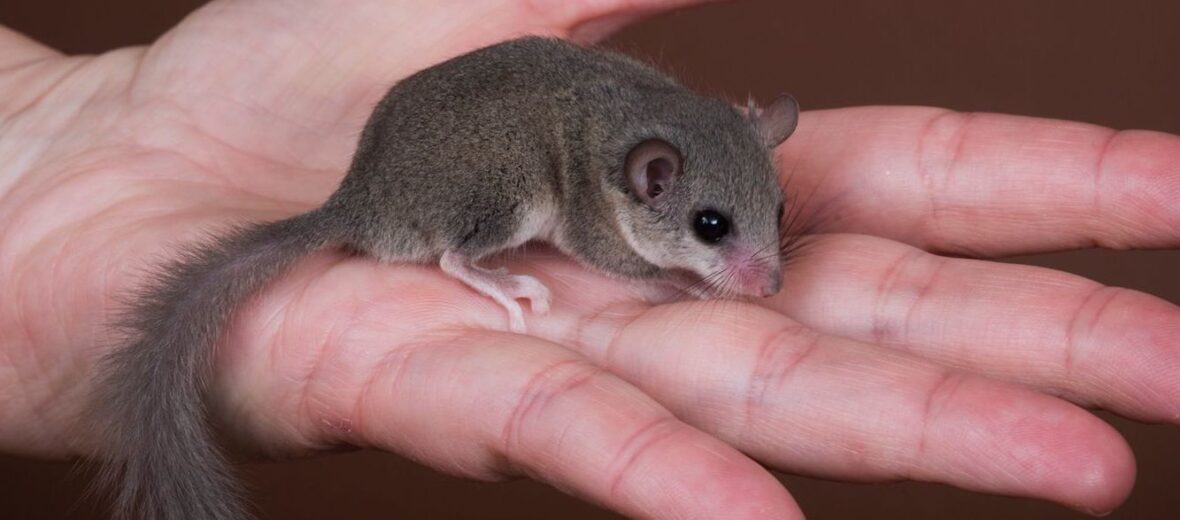
And the title for world’s smallest known squirrel goes to the African pygmy squirrel. These tiny squirrels can be found in western and central Africa. They prefer tropical rainforests. The African pygmy squirrel is so small it can fit in the palm of your hand; with room to spare. Due to their stable numbers, these squirrels are listed as Least Concern by the IUCN. However, they are still under the constant threat of habitat destruction at the hands of deforestation.
First the Stats…
Scientific name: Myosciurus pumilio
Weight: Up to .58 ounce
Length: Up to 3 inches, plus up to a 2.4 inch tail
Lifespan: Up to 5 years
Now on to the Facts!
1.) These squirrels are nocturnal (active at night).
2.) Like most other squirrels, African pygmies are arboreal (spend most of their life in trees).
3.) They are the only known species of squirrels that not only travel upside down but right-side up along the branches of trees they inhabit.
4.) African pygmy squirrels, like other squirrels, are social.
5.) A group of squirrels is called a scurry or dray.
But wait, there’s more on the African pygmy squirrel!
6.) They forage for bark fragments, plant and tree oil droplets, fungus, termites, ants, and fruit.
7.) Different from other tree-based squirrels, African pygmies do not store food in caches (food storage areas).
Did you know…?
Even though these tiny squirrels have excellent hearing, sight, and smell, they also rely on vibrissae (whiskers) to help them navigate around the trees.
8.) Males are polygamous (1 male mates with several females).
9.) Females birth up to 2 kits (aka kittens) each breeding season.
10.) Birds of prey, civets, snakes, and army ants all prey on these little critters.
Now a Short African Pygmy Squirrel Video!
Be sure to share & comment below! Also, check out the Critter Science YouTube channel. Videos added frequently!
Want to suggest a critter for me to write about? Let me know here.



